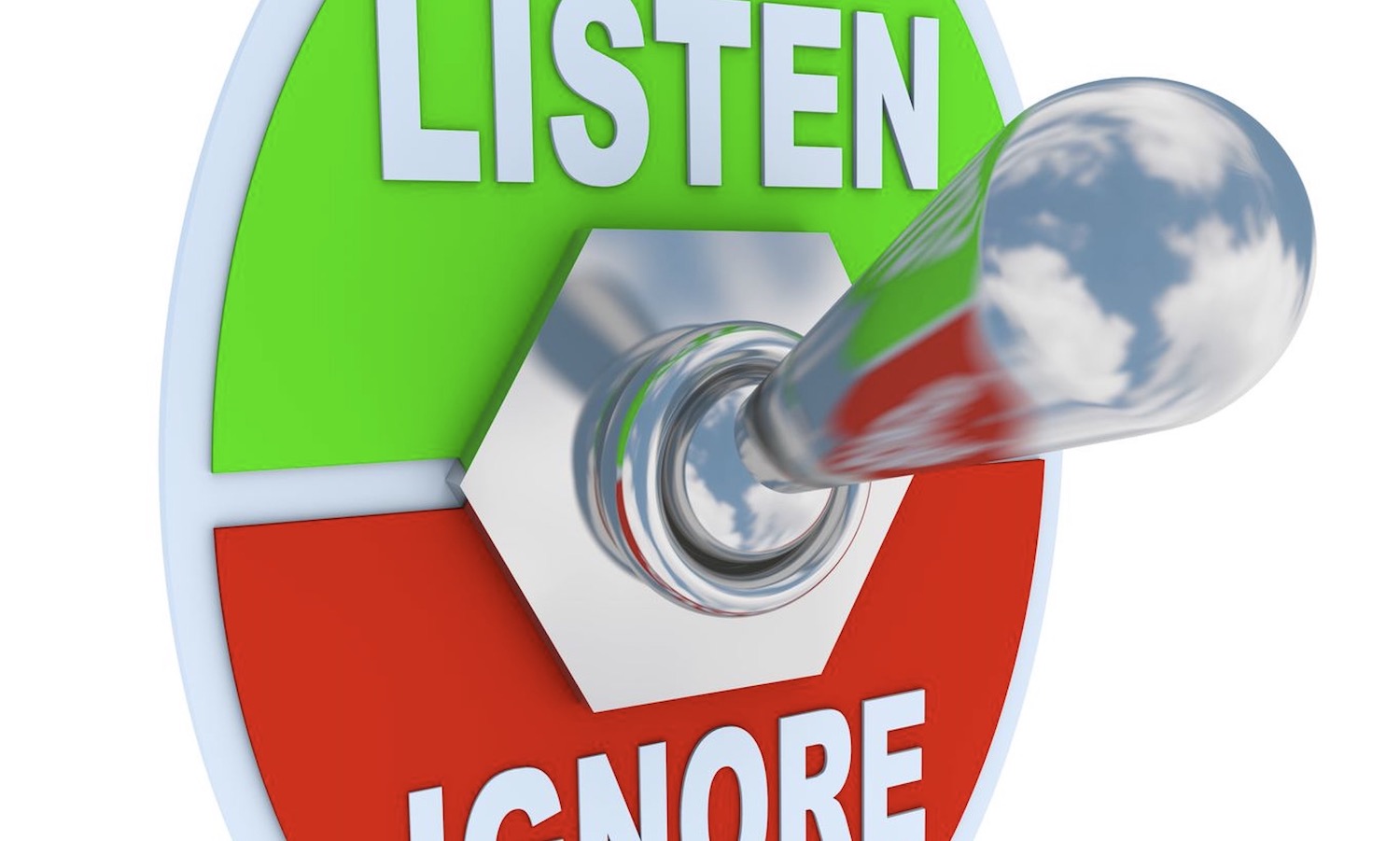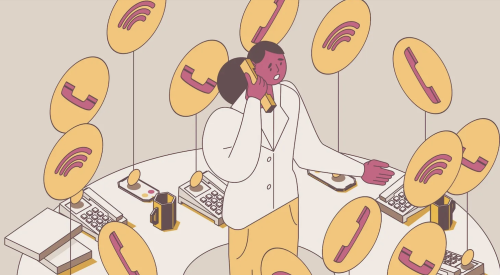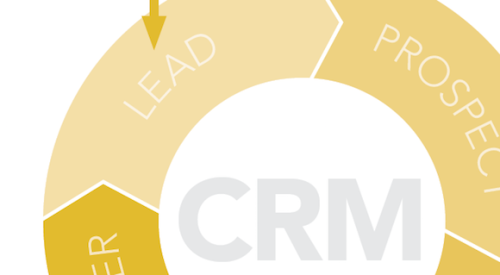There’s no doubt that a key to long-term success is a consistent flow of new potential customers. Your sales and marketing team wants them. You spend lots of money and energy to get them. Having large numbers of prospects and their email addresses makes you feel safe—surely if you have 500 names in your CRM system for a single community, someone will end up buying this month, right? But most of us know from experience that a lot of prospects doesn’t automatically translate to a lot of sales.
The challenge isn’t to get a greater number of names, email addresses, and phone numbers. Anyone willing to spend some money and invest some time can do that. The challenge is to do something meaningful with this information: to begin a conversation with each unique person in your database to increase your chances of converting each one. Believe it or not, the reality is that often builders ignore the very same prospects that they worked so hard to get in the first place.
RELATED
Fine-Tuning Your Follow-Up
Every year my company and Lasso CRM do an online lead-response survey of more than 200 home builders to measure speed of response and depth of follow-up. The data shows us that just 3 percent of home builders surveyed make more than one phone call and send more than two emails in an attempt to follow up. This number has remained consistent over the five years that we’ve done the study. The takeaway: Stop trying to be so efficient with online sales and marketing processes.
The data shows us that just 3 percent of home builders surveyed make more than one phone call and send more than two emails in an attempt to follow up.
Imagine that, in your best community, you consistently have too much walk-in traffic for the salesperson to effectively handle. Would you say to that salesperson, “We need to cut out the sales presentation because it just takes too much time … especially the meet and greet, overcoming objections, and closing parts. Just register the customers and then let them walk through the model on their own. You can ask them if they have any questions on their way out the door, if you have time.” Sounds like a crazy strategy, doesn’t it? While it may be efficient in the true sense of the word, it won’t produce sales results.
Less Efficiency, More Talk
Yes, you read that correctly. Unfortunately, when it comes to handling both online leads and talking to the prospects they already know, the strategy we often see builders and developers adopt is one of extreme efficiency. They try to automate as much of the lead nurturing and relationship-building as possible to free up their sales staff to work with only the “most qualified” leads. This approach made sense until the early 2000s when consumers began to have greater access to online information in their new-home search. Today, when a prospect reaches out to you, he or she is already a more qualified prospect than most of your salespeople might believe. The focus on extreme efficiency is part of the reason why our industry’s overall sales and closing ratios aren’t dramatically improving.
For many builders, follow-up is generic, uninteresting, non-existent—or a bit of each. Prerecorded phone messages, automated drip campaigns, generic video emails used over and over again: What’s missing from all of these are personal, one-on-one conversations. Such conversations need to happen more often than just when the lead originally comes in. To be effective at converting higher numbers of prospects to purchasers, consider the following:
1. Focus on those who have already shown interest in you.
Stop trying to get the attention of the masses and worrying about prospects you may not be reaching. As you well know, you can’t control buyers in today’s world—they’ll be the ones to decide if your product meets their needs. When they reach out, it’s proof that they have strong interest, and that’s what you need to capitalize on. Instead, most builders worry about brand awareness, which is meaningless given the typical size of the market.
You can’t control buyers in today’s world—they’ll be the ones to decide if your product meets their needs. So when they reach out, it’s proof that they have strong interest.
Market research shows that a nationwide average of just 2 percent of your MSA will be in the market for a new or existing home in the next year. Of that 2 percent, well over 50 percent won’t immediately consider new construction because they think they can’t afford it or that the process is too complicated. Your potential market of buyers may be more limited than you think. The good news? You already have thousands of people who want to hear from you, so much so that they gave you their contact information. Pick up the phone, write an email, and make another person-to-person connection with them.
2. Invest money to keep the conversation going.
To get walk-in traffic, builders need to spend between $250 and $1,000 in advertising and marketing. (That’s just for the initial visit—we’re not talking yet about converting into a sale.) Don’t stop investing in your future customers after their first visit—it’s possible to keep in touch with them by spending a fraction of that amount. I often received referrals from people who, even though the house they finally bought was not one of mine, referred me because of the consistency and variety of my follow-up.
3. Make it as easy as possible for people to buy a house from you.
Your website needs to have all the relevant information consumers need to make a mental purchasing decision at whatever time suits them—even if it’s midnight and they’re in their pajamas. Your online and off-line sales process needs to be as convenient as possible for the customer (not for your sales team). Websites without basic pricing and product information, or salespeople who don’t consistently work evenings and weekends are not acceptable.
4. Give current or past customers a megaphone to share their good experiences.
Prospects referred to you are more likely to purchase from you, more likely to spend more money with you, and more likely to be understanding when mistakes happen during the process. Don’t ignore your current homebuyers, who could likely influence tomorrow’s purchaser.
That said, large or expensive closing gifts are out—a beautiful home finished on time is the best closing gift of all. Shift your attention to delivering great experiences and giving smaller gifts throughout the building process. This prevents buyers from feeling lost or ignored. I’ve sold $500,000 homes with the help of cupcakes sent during construction to buyers, who then shared the cupcakes with co-workers and spread the good word.
Investing in enough online or on-site sales staff to facilitate personal conversations with each prospect will increase your conversions and ensure that you are always getting your “unfair share” of sales in your marketplace.












